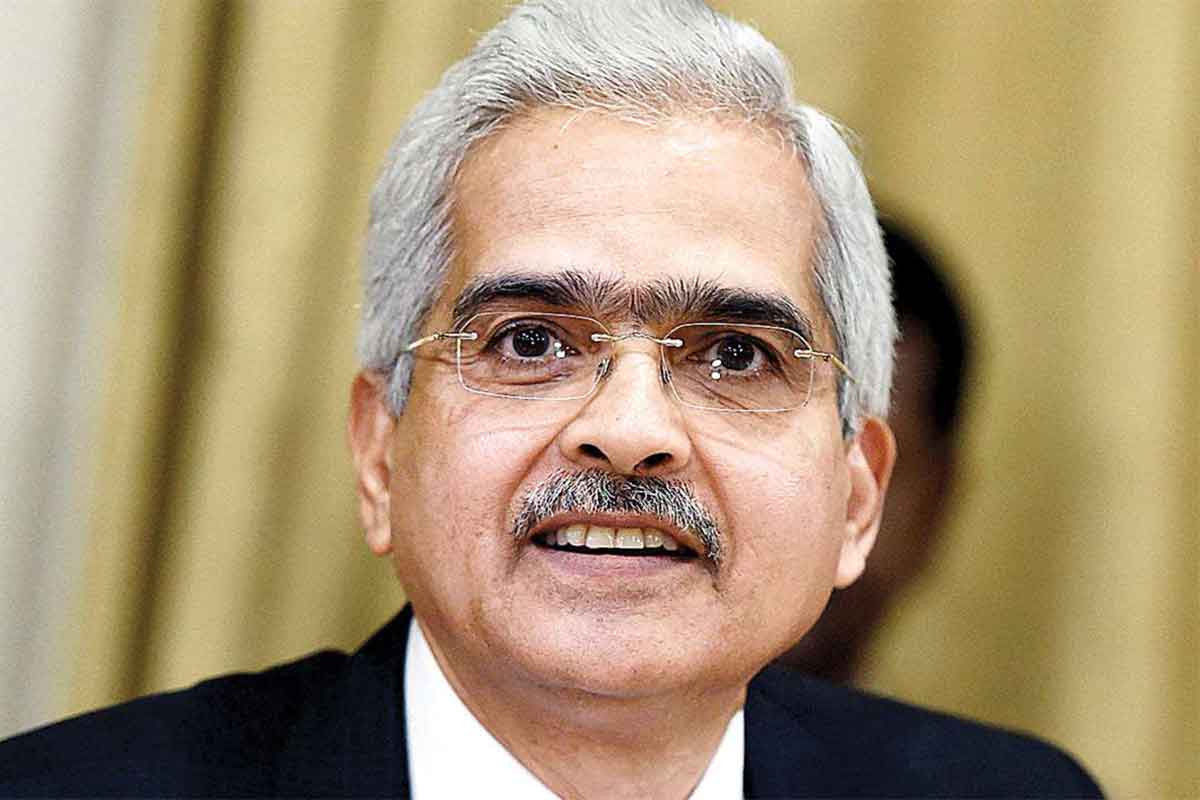Former RBI Governor appointed Principal Secretary-II to PM
Dr P K Mishra is the Principal Secretary-I to the Prime Minister.
Among the most important fiscal measures the government has taken so far is the cut in corporate taxes, apart from a host of sectoral measures.

RBI Governor Shaktikanta Das. (Photo: AFP)
With just a week left for the budget, Reserve Bank Governor Shaktikanta Das on Friday said monetary policy alone cannot support growth and structural reforms and fiscal measures must continue for this purpose.
Das made the comments while delivering a lecture at the St Stephen’s College here on “Seven Ages of India’s Monetary Policy”.
Advertisement
“Monetary policy, however, has its own limits. Structural reforms and fiscal measures may have to be continued and further activated to provide a durable push to demand and boost growth,” he said.
Advertisement
The governor’s statement comes when advance estimate of gross domestic product (GDP) has projected nominal growth dropping to a 48-year-low of 7.5 per cent. Whereas the real growth hit an 11-year low of 5 per cent and inflation going up.
During his lecture Das also emphasized on the potential growth drivers which, through backward and forward linkages, could give significant push to growth. According to him, these include food processing industries, tourism, e-commerce, start-ups and efforts to become a part of the global value chain.
He also said that the government is focusing on infrastructure spending which will augment growth potential of the economy. States should also play an important role by enhancing capital expenditure, which has a high multiplier effect.
Among the most important fiscal measures the government has taken so far is the cut in corporate taxes, apart from a host of sectoral measures.
Das also admitted that the correct assessment of the current economic situation and formulating the necessary monetary policy is a challenge now.
“One of the major challenges for central banks is the assessment of the current economic situation. The precise estimation of key parameters such as potential output and output gaps on a real time basis is a challenging task, although they are crucial for the conduct of monetary policy,” Das said.
The central bank had downgraded growth forecast for this fiscal at 5 per cent in its last monetary policy.
Das informed the gathering that the RBI is constantly monitoring and assessing the economy for its policy formulation.
“This approach helped the Reserve Bank to use the policy space opened up by the expected moderation in inflation and act early, recognising the imminent slowdown before it was confirmed by data subsequently,” he said.
(With input from agencies)
Advertisement